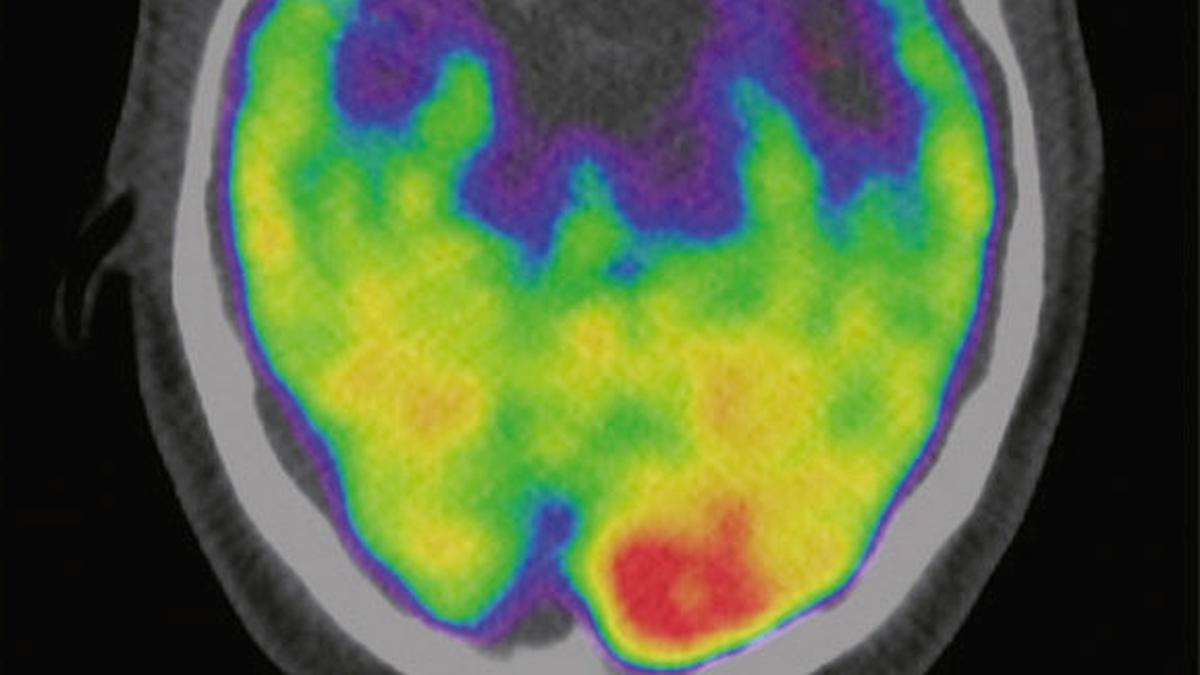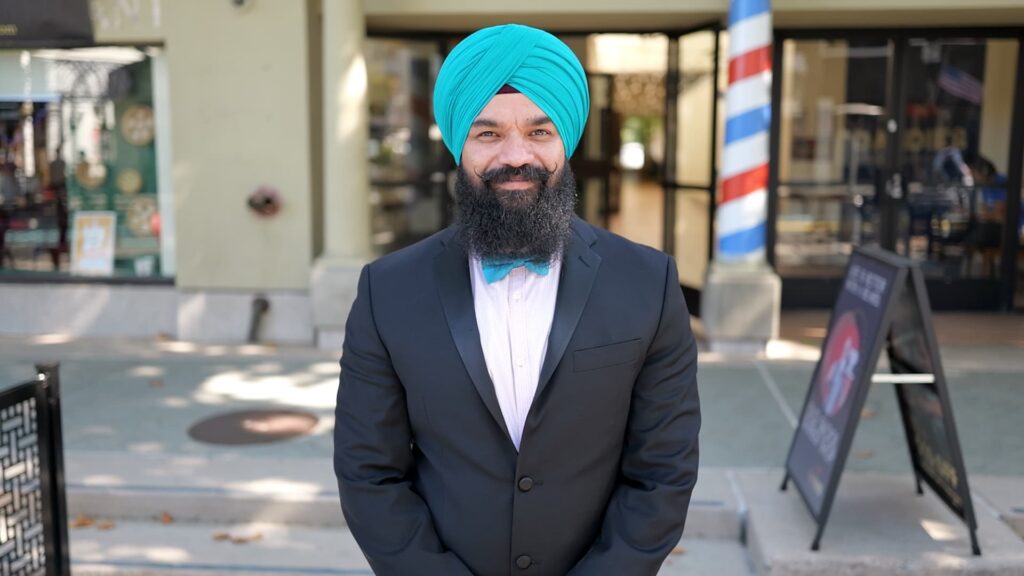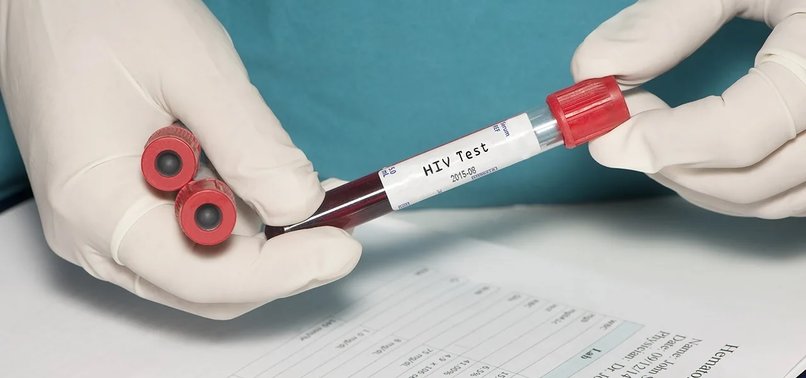Now Reading: Stress and strokes: the twain do meet
-
01
Stress and strokes: the twain do meet
Stress and strokes: the twain do meet

As life gets faster and demands rise, stress has quietly become a health hazard — not just for mental wellbeing but for serious physical outcomes like strokes. Medical experts are now highlighting the strong connection between chronic stress and increased risk of stroke, a condition once considered distant for the young but now affecting even working professionals in their 30s and 40s, especially in India’s Tier 2 cities where awareness and diagnosis often lag behind.
The Growing Burden of Stress
Work deadlines, financial strain, family responsibilities, and digital overload are driving up stress levels across age groups. In Tier 2 cities, where development brings both opportunities and pressure, many individuals juggle multiple roles without adequate mental health support.
Chronic stress can raise blood pressure, alter heart rhythms, and increase inflammation in the body — all of which are contributing factors to stroke. Unlike temporary anxiety, this long-term stress silently affects vital organs over time.
What Is a Stroke and How Does Stress Play a Role?
A stroke occurs when blood flow to the brain is interrupted, either by a clot (ischemic stroke) or bleeding (hemorrhagic stroke). This sudden loss of oxygen-rich blood can damage brain cells within minutes.
Studies suggest that constant stress can thicken blood, impair blood vessels, and lead to lifestyle habits like smoking, binge eating, and lack of exercise — all of which further heighten stroke risk. Stress also disrupts sleep and promotes hormonal imbalances, both dangerous for heart and brain health.
Alarming Trend Among Younger Indians
Hospitals across India have reported an increase in stroke cases among people below 45. Many of these patients had no known history of heart disease but lived high-stress lives with erratic routines, poor diets, and little physical activity.
In cities like Bhopal, Nagpur, Surat, and Kochi, neurologists are urging more stress screenings at corporate offices and colleges. However, stigma around mental health often delays diagnosis and care.
Prevention Through Awareness and Lifestyle
The good news is that stress and stroke risks can be managed with proactive steps. Simple changes like regular exercise, meditation, balanced diets, and routine health check-ups can significantly reduce risk.
Employers, schools, and community centres in Tier 2 cities are beginning to offer wellness programmes, but experts believe stronger outreach is needed — especially in local languages — to help individuals recognize early signs of burnout.
Conclusion: A Wake-Up Call for Health and Balance
The link between stress and stroke is no longer speculative — it’s backed by increasing cases and medical consensus. As India continues to urbanise and evolve, health systems must adapt to treat not just infections and injuries, but also the deeper, invisible burdens of stress. Whether in metros or smaller towns, mental and physical health can no longer be seen in isolation — the twain clearly do meet.

























